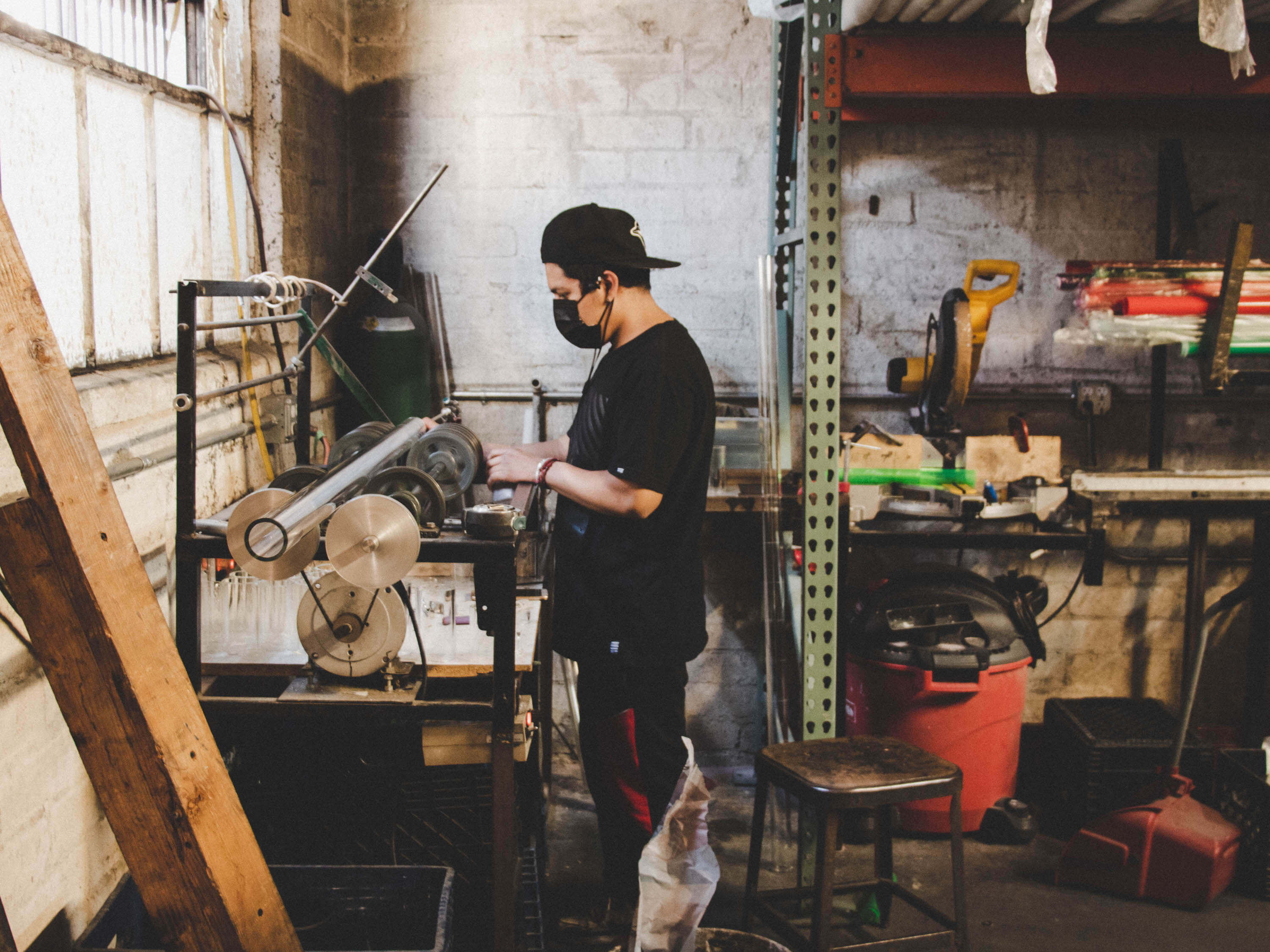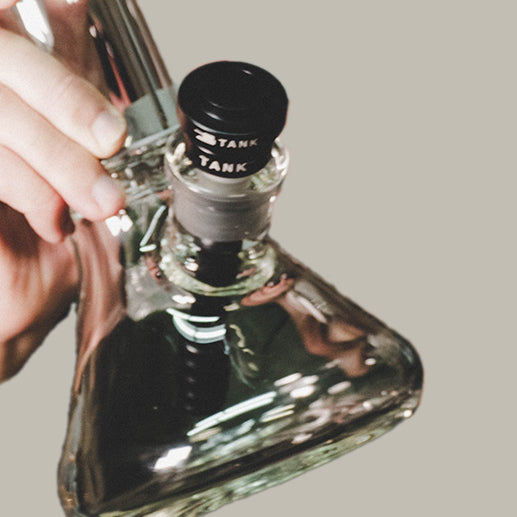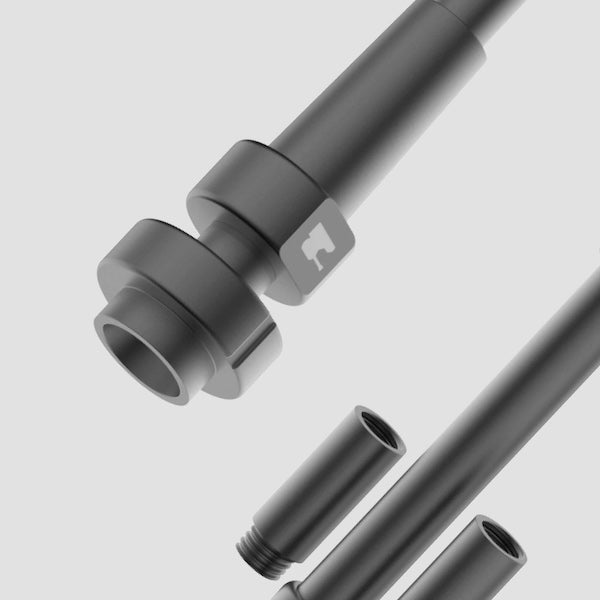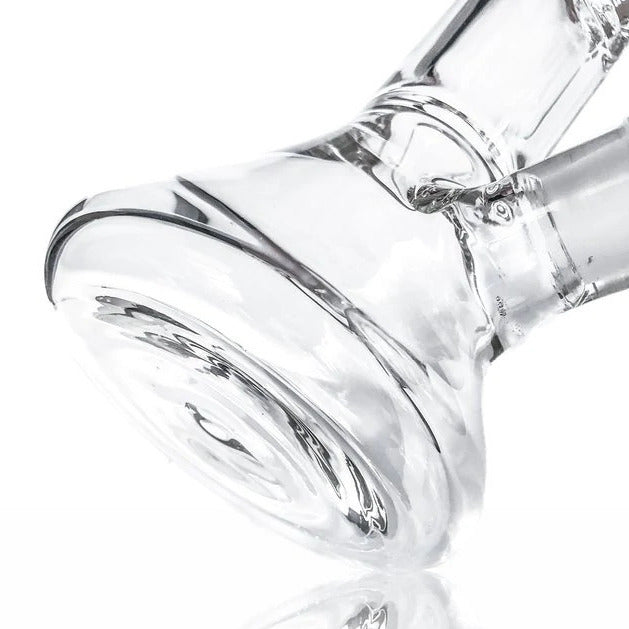Free shipping
Free domestic shipping and returns on all orders over $200
Customer service
We are available from monday to friday to answer your questions.
Secure payment
Your payment information is processed securely.
Lifetime Warranty
Did your product get damaged? We've got you covered. For life.




